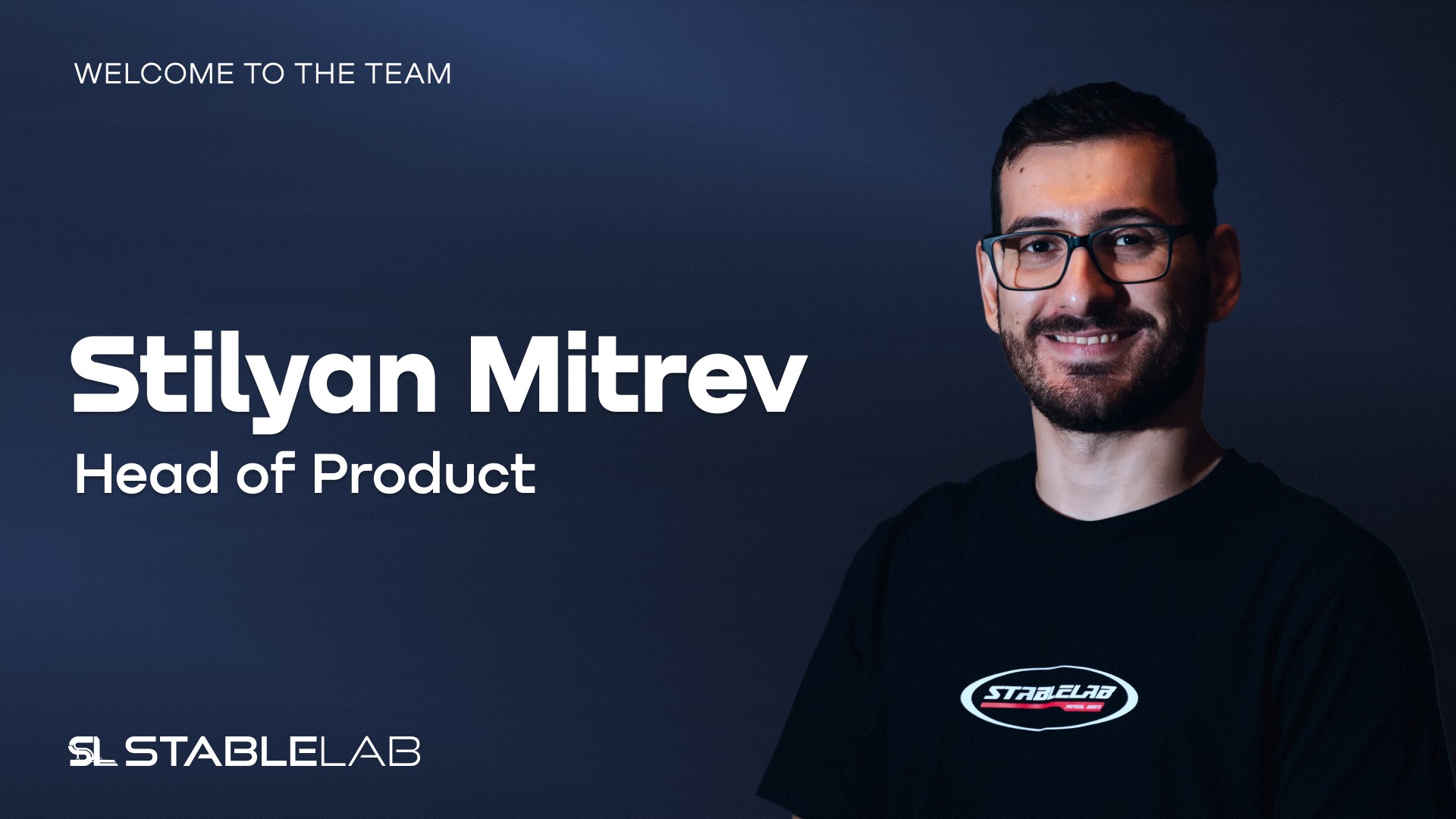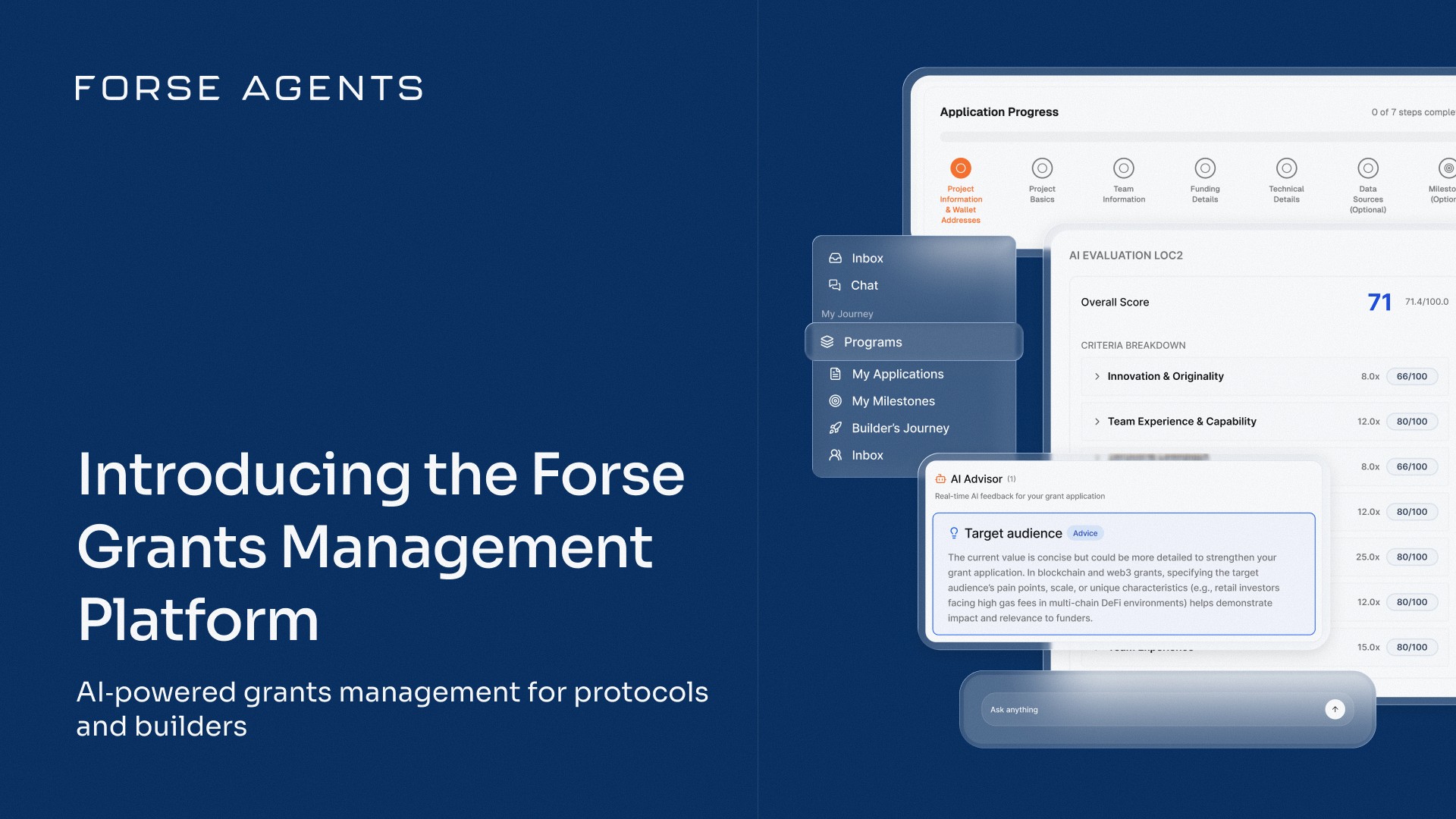What if your token launch wasn’t just viral noise but a real shot at sustainable traction?
In our StableLab Interview Series, we speak with people turning DAOs from loose ideas into programmable, resilient systems.
This time we sat down with 0xJustice, co-founder of the Quadratic Accelerator (q/acc), a token launchpad that takes the speculative energy of Pump.fun but redirects it toward real projects that need more than memes to thrive.
Meet Our Guest: 0xJustice
Justice Conder, aka 0xJustice, has built a reputation for combining cryptoeconomics, mechanism design, and practical org strategy for early-stage startups.
Before q/acc, he helped shape governance at Polygon Labs and BanklessDAO, pushing DAOs to move from theory to working economic systems.
With q/acc, his bet is simple: tokenization will keep happening, so let’s make it smarter. By combining quadratic funding, bonding curves, and structured vesting, q/acc aims to turn launch hype into lasting liquidity and meaningful community ownership.
The q/acc Model — Turning Hype Into Stickiness
At its core, q/acc works like an onchain investment machine for ecosystems.
Projects don’t run raw token sales, instead, protocol sponsors seed bonding curves that create initial liquidity and price floors. Quadratic funding decides who gets deeper liquidity by rewarding broad public support over a single whale investor. Vesting locks prevent teams from dumping instantly, and an upcoming KPI-based graduation reclaims funds from underperformers and boosts those with real traction.
Season 1 showed the model works beyond slides: 300+ applicants, 97% first-time zkEVM users, and a tenfold ROI on initial grants. Season 2 ran through tougher markets and still turned $1.5 million in protocol funds into over $13 million in net new market cap and real onchain trading volume.
It’s not a cure-all, but it’s a real test of how programmable capital can outperform hype alone.

Visual: The Quadratic Accelerator flow.
In Conversation with 0xJustice
After unpacking how q/acc works in theory, we jumped into what makes it tick in the real world, tradeoffs, incentives, pitfalls, and what comes next.
Raph: How does q/acc avoid the classic pump-and-dump dynamic?0xJustice: It’s the mix. Bonding curves set fair pricing, quadratic matching rewards real supporters, and vesting keeps teams aligned. Instead of a one-time sale, capital flows through the curve into liquidity pools, setting a floor that’s harder to break.
Mel.eth: And the quadratic part, how does it shift who wins?
0xJustice: Matching prioritizes unique contributors. You can’t game it by splitting wallets or dropping huge sums. You need broad, real buy-in. That means ecosystems get grassroots demand, and the upside is spread more widely.
Jose: What stops founders from walking away too soon?
0xJustice: Vesting and bonding curves do the heavy lifting. Founders can’t drain liquidity overnight. Plus, the QF round sets pool sizes up front. Our new KPI exit means weaker teams exit early for less, while leftover funds boost the ones performing well. It’s capital that stays alive.
Kaf: How do you balance Sybil resistance and user privacy?0xJustice: It’s tricky. zkID didn’t land, people don’t want it, and it blocks US participants. Gitcoin Passport helps a bit but only up to small limits. If you add too much friction, you kill what makes quadratic funding work in the first place. Sometimes “more secure” just breaks the flywheel.
Kene: What’s been the biggest operational hurdle?0xJustice: Sales. Chains often prefer big BD plays or Gitcoin-like brands. They’re less willing to experiment than you’d think. So we’re constantly adjusting: tokenomics, regulation, identity flows. But the hardest bit is adoption, changing the playbook takes time.
Nneoma: How do very early teams handle the mechanics?0xJustice: They don’t have to. We handle the backend, bonding curves, legal, investor comms. Teams focus on real utility: building, delivering. The simplest version is token-gated chat. The best cases push further, like API access levels.
Mel.eth: How important is project diversity in each cohort?0xJustice: It’s critical. We don’t care if it’s AI, DeFi, or a book like How to DAO. What matters is clear token utility from day one. The initial utility is often simple but it’s the starting point for a real onchain economy.
Jose: Could a DAO run q/acc themselves?0xJustice: Definitely. A DAO could recycle capital from each round, collect fees, and build a permissionless investment engine. That’s what early DAOs envisioned: governance that moves capital where demand is visible onchain.
Raph: How’s the follow-up with protocols?0xJustice: Right now, it’s open calls, impact reports at season’s end. But we know stronger feedback loops and retro funding would make it better. And remember, q/acc isn’t meant to replace an entire growth plan, it’s one piece. Good leaders know how to chain mechanisms together.
Kaf: Who’s been the standout so far?0xJustice: Web3Packs. Clear value, great marketing, and utility on day one. That’s the template.
Closing Thoughts
Our discussion with 0xJustice is a clear reminder that DAO funding, like traditional capital, often falls into the same traps: short-term incentives, loose accountability, and wasted momentum.
q/acc shows how programmable design can tighten that loop: capital that rewards real contributors, protects liquidity, and adapts with demand.
Where old grant models stop at the check, this approach works more like a flywheel, recycling value, boosting performance, and keeping communities invested for longer.
At StableLab, we see signs like this as a shift towards incentive systems that actually do the heavy lifting. Sometimes, better structures achieve more than bigger treasuries ever could.
Explore Further
Watch: Making DAOs Effective w/ 0xJustice; a deep dive on DAO design and why programmability makes DAOs worth building.
Stay tuned as we keep spotlighting ideas that push DAOs closer to what they can be.
Share with your friends:








